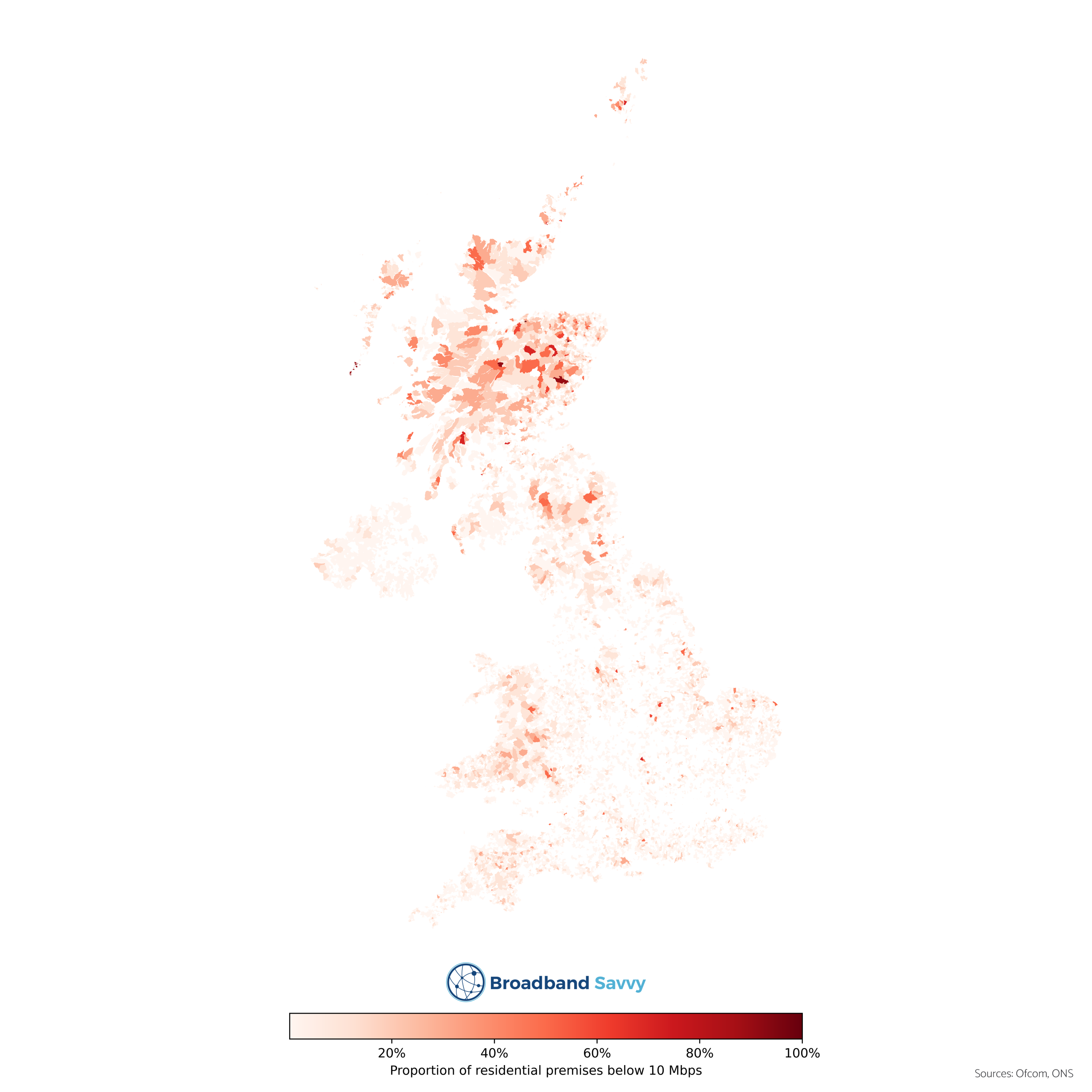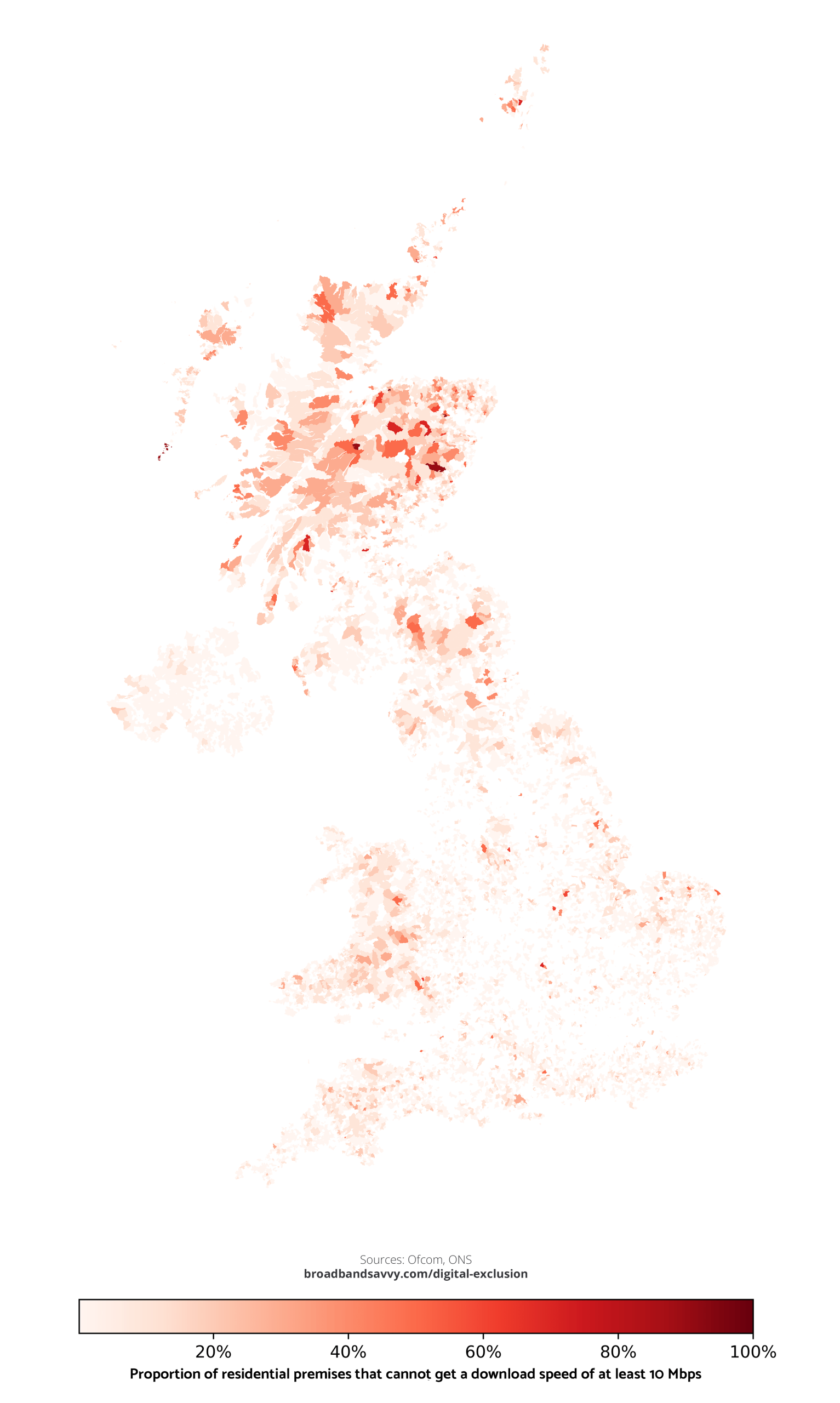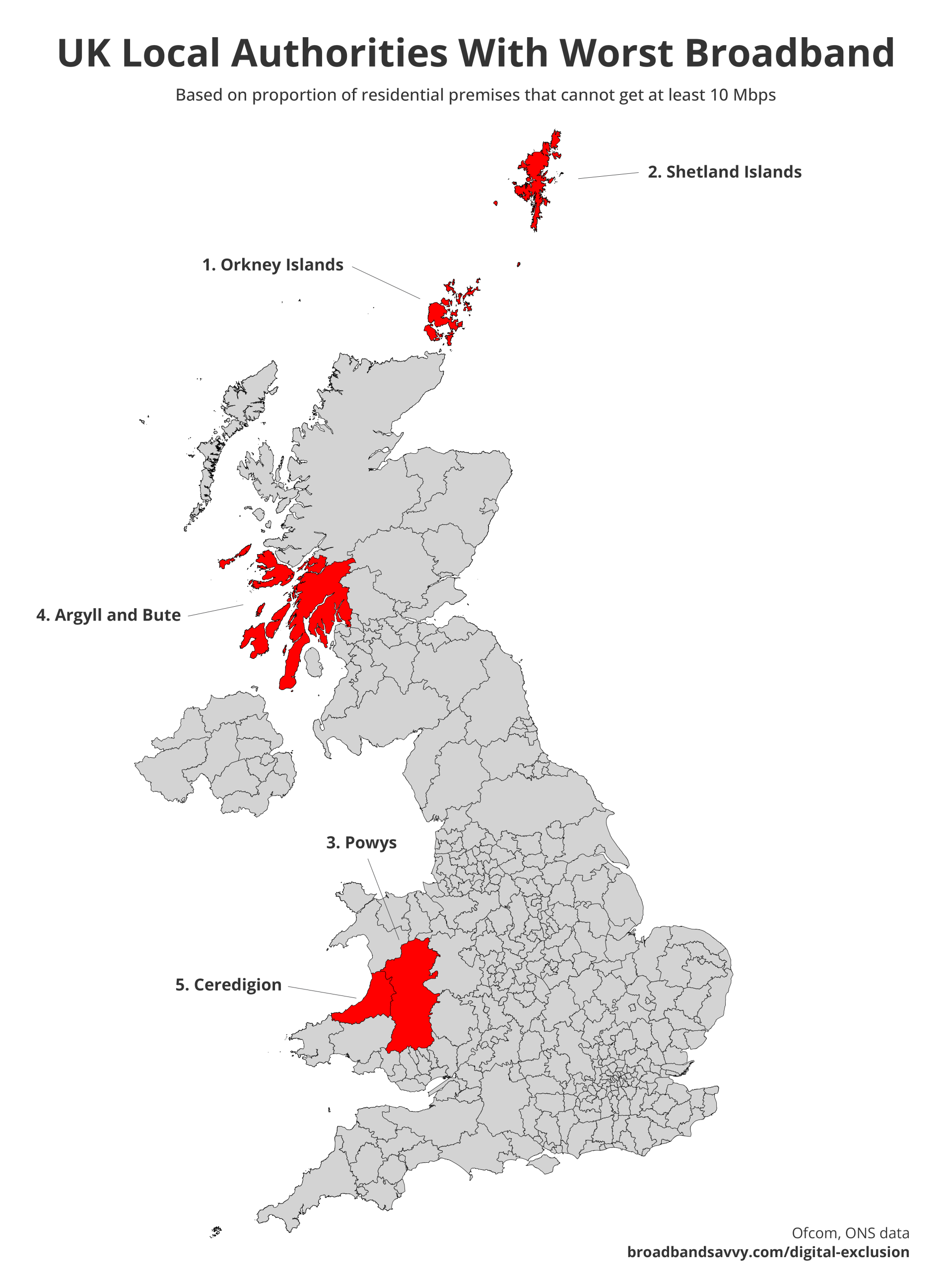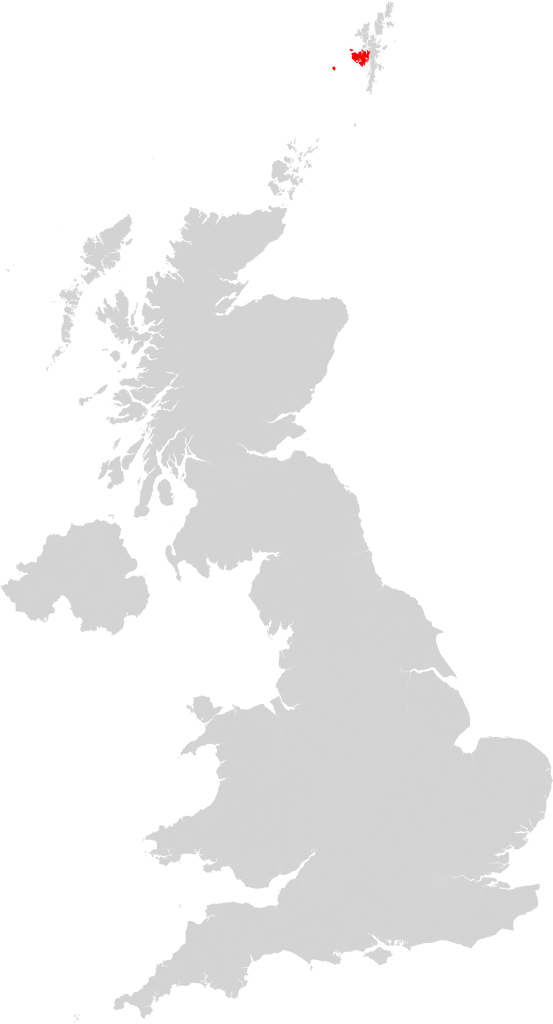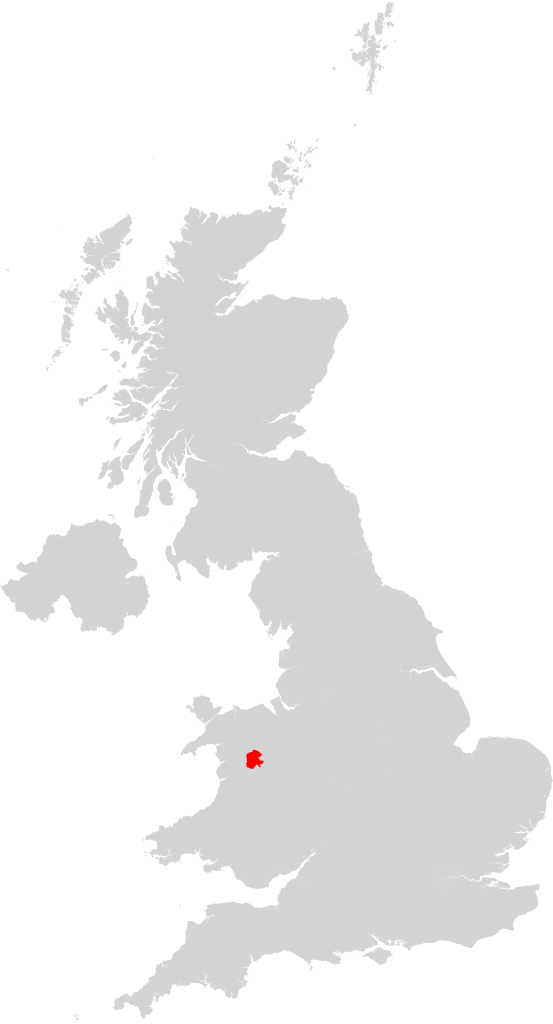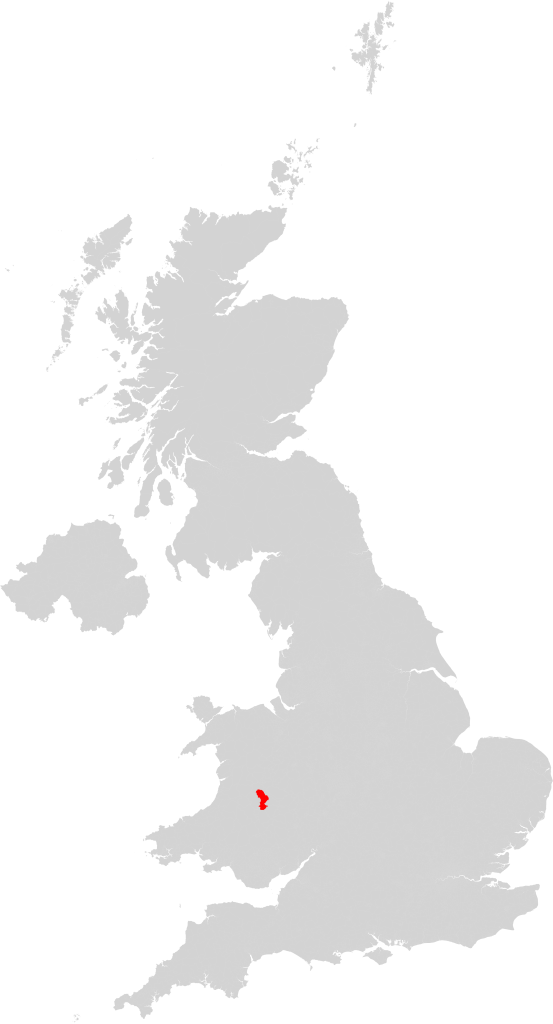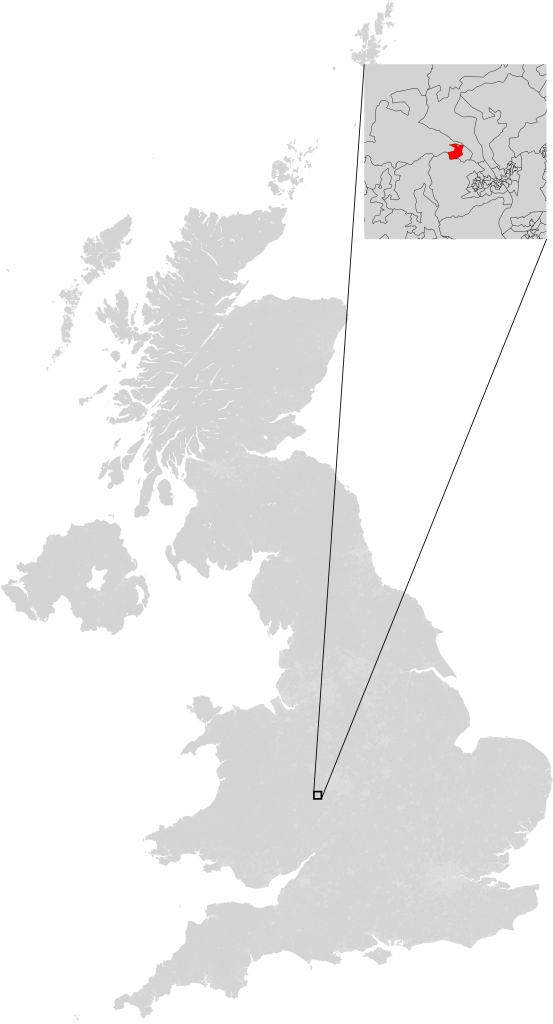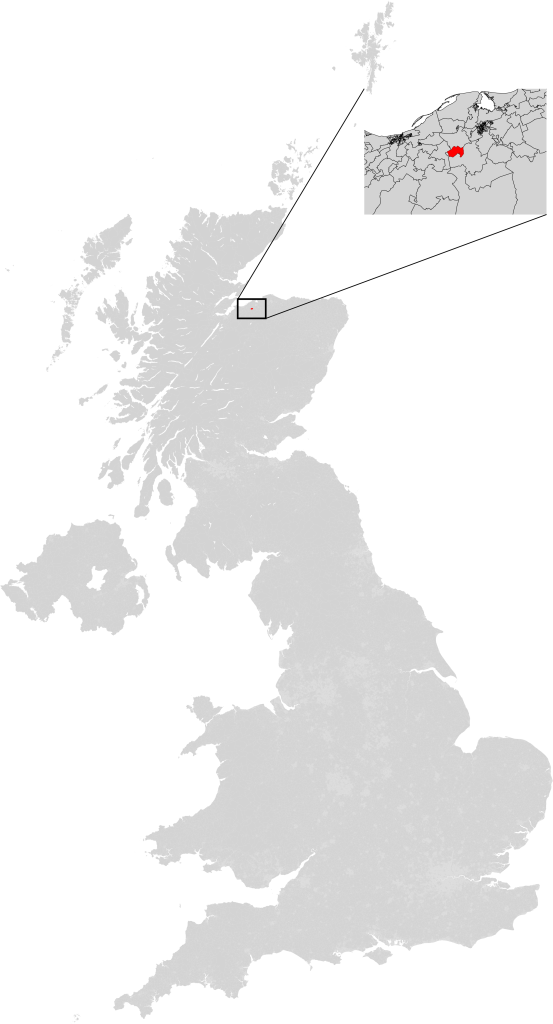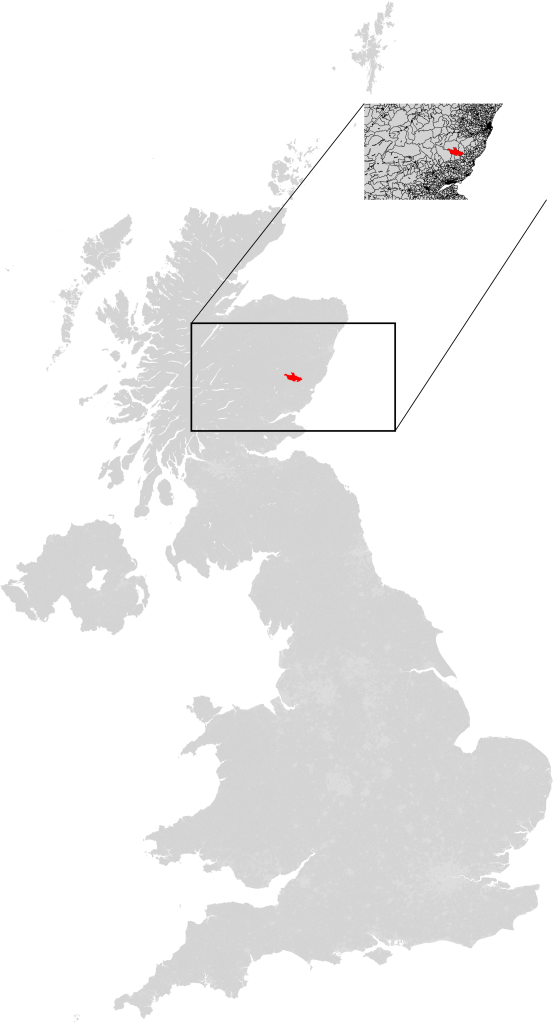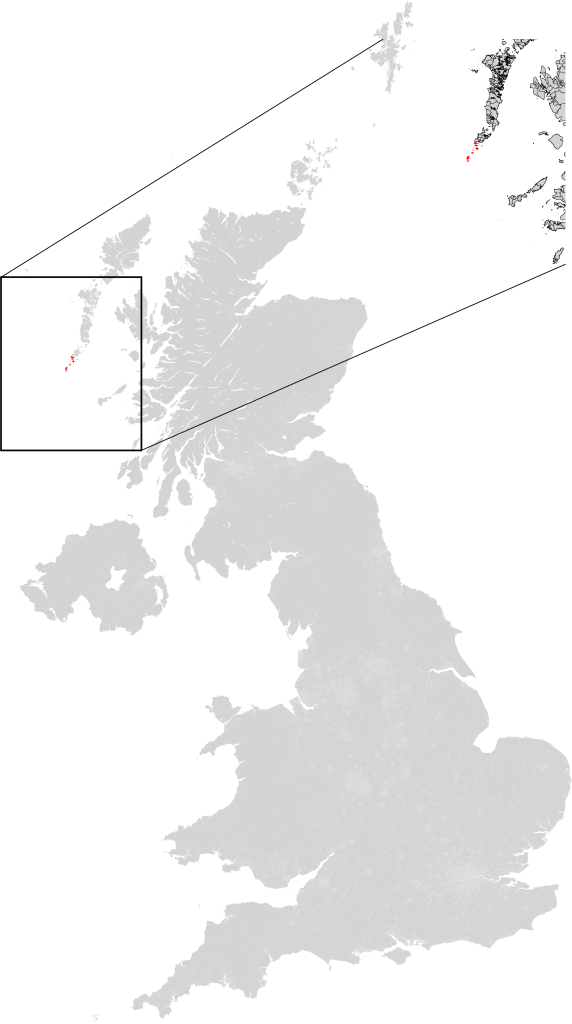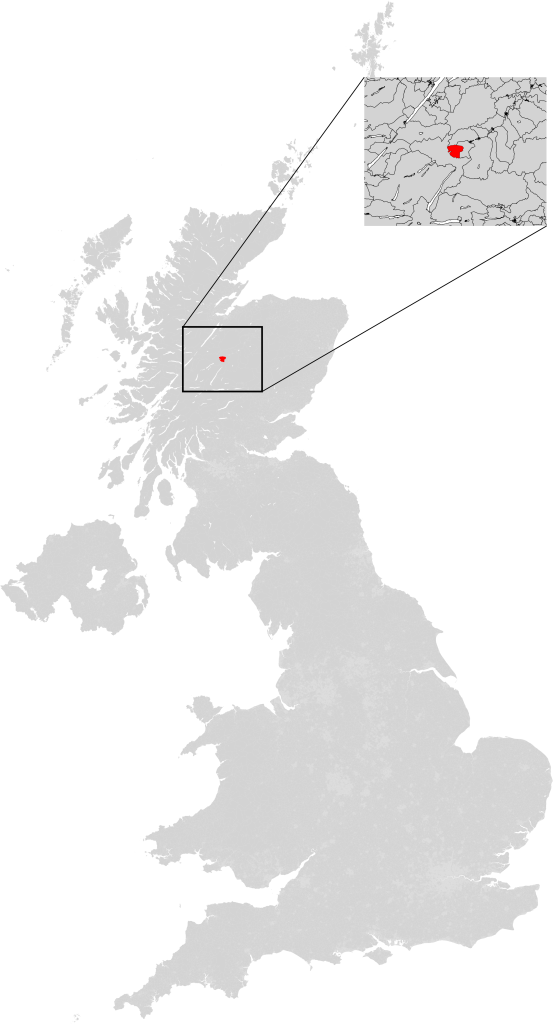According to Ofcom, 48,000 premises across the UK still cannot access decent broadband – defined as a download speed of at least 10 Mbps – using fibre or fixed wireless technology.
Having speeds this slow makes the modern internet essentially unusable, and leaves people cut off from essential services and support networks.
Under the Universal Service Obligation (USO), households are legally entitled to request a broadband speed of at least 10 Mbps. However, approximately a hundred thousand people are still without usable internet in 2025.
Here at Broadband Savvy, we wanted to find out which parts of the UK are the most digitally disadvantaged. We undertook a comprehensive mapping project using Ofcom, ONS, and other government data, to assess the proportion of residential addresses receiving a download speed of less than 10 Mbps in every single Census Output Area (OA) in the UK.
Contents
- Digital disadvantage map
- USO non-compliance by nation
- Worst local authorities for USO compliance
- Worst electoral wards for USO compliance
- Worst census areas for USO compliance
- Full data download
- Analysis
- Methodology
- References
Digital disadvantage map
Full-size image – free to use/embed with link back to broadbandsavvy.com.
USO non-compliance by nation
The below proportions compare the number of premises that cannot get a download speed of at least 10 Mbps and an upload speed of at least 1 Mbps, using fixed or wireless broadband technology, against the total number of residential premises in that region, according to Ofcom data.
A 10 Mbps download speed and a 1 Mbps upload speed is the standard for decent broadband that every person in the UK is entitled to under the Universal Service Obligation (USO).
- Wales (0.41%, 1 in 244 premises below 10 Mbps)
- Scotland (0.36%, 1 in 278 premises below 10 Mbps)
- Northern Ireland (0.21%, 1 in 476 premises below 10 Mbps)
- England (0.09%, 1 in 1,111 premises below 10 Mbps)
Unusable broadband is a lot more common in rural areas, as shown by the poor performance of Wales and Scotland compared to England.
Worst local authorities for USO compliance
- Orkney Islands, Scotland – 385/11,920 premises below 10 Mbps (3.23%)
- Shetland Islands, Scotland – 282/11,852 premises below 10 Mbps (2.38%)
- Powys, Wales – 1,394/64,019 premises below 10 Mbps (2.18%)
- Argyll and Bute, Scotland – 952/49,877 premises below 10 Mbps (1.91%)
- Ceredigion, Wales – 629/34,906 premises below 10 Mbps (1.80%)
Worst electoral wards for USO compliance
1. Shetland West, Shetland Islands, Scotland (14.99% below 10 Mbps, 130/867 premises)
2. Banwy, Llanfihangel and Llanwddyn, Powys, Wales (14.15% below 10 Mbps, 131/926 premises)
3. Ithon Valley, Powys, Wales (12.99% below 10 Mbps, 127/978 premises)
4. Wymondham, Leicestershire, England (12.77% below 10 Mbps, 94/736 premises)
5. Llangeitho, Ceredigion, Wales (12.16% below 10 Mbps, 85/699 premises)
Worst census areas for USO compliance
A census area (also known as an Output Area) is the smallest geographical unit reported in census data.
1. E00174581, Cleobury Mortimer, Shropshire, West Midlands, England (100% below 10 Mbps, 2/2 premises)
2. S00166236, Forres, Moray, Scotland (96.2% below 10 Mbps, 51/53 premises)
3. S00139386, Brechin and Edzell, Angus, Scotland (88.9% below 10 Mbps, 45/51 premises)
4. S00166599, Barraigh agus Bhatarsaigh, Na h-Eileanan Siar, Scotland (87.5% below 10 Mbps, 49/56 premises)
5. S00163927, Badenoch and Strathspey, Highland, Scotland (87.4% below 10 Mbps, 81/93 premises)
Full data download
https://docs.google.com/spreadsheets/d/1Ae6sISEjPEUBQRYyxt9oOnbmb0KMYt2GCyWA4g-Ip2M/edit?usp=sharing
Analysis
People in rural areas are being left behind by Project Gigabit.
The government needs to do more to provide basic broadband service in areas where it is not commercially viable to do so, whether using fixed fibre or fixed wireless internet.
There are 48,000 premises that are not USO-compliant according to Ofcom, and 2.36 residents per UK household. This means that approximately a hundred thousand people are likely still cut off from this essential service – leaving them without the opportunities to work, study, and socialise that the internet provides. Elderly people among this cohort are also vulnerable to isolation as the copper phone network is switched off around the country.
When the Universal Service Obligation was launched, Ofcom stated that it was “…intended to act as a safety net to prevent social and digital exclusion, regardless of where people live or work”.
The Universal Service Obligation has failed in its purpose to deliver decent broadband to those in need. We are often contacted by people who BT has quoted £50,000–£100,000 for fibre broadband in their area – infrastructure that once deployed, the resident will not own any part of.
Ofcom estimates that just 7,000 of the aforementioned 48,000 slow-speed premises will receive USO-compliant broadband through a publicly-funded scheme within the next 12 months. For the remainder, it remains unclear how or when they will be able to access usable broadband.
Methodology
We began by using Ofcom Connected Nations data to find the proportion of USO compliance by Output Area (OA), for residential addresses.
This proportion accounts for the number of premises that cannot receive a download speed of at least 10 Mbps and an upload speed of 1 Mbps using either fixed-line broadband or fibre internet, according to internet service provider data collated by Ofcom.
We then mapped each Output Area to an electoral ward, Local Authority District (LAD), and nation using data from the Office for National Statistics and National Records of Scotland.
To visualise areas of digital disadvantage, we calculated a percentage proportion of USO compliance for each OA, ward, and LAD. Compliance rates were colour-coded from dark red (100% non-compliance) to white (100% compliance) and projected onto a map of the UK. We used statistics.gov.uk to find boundaries for each geographical area in the dataset.
References
- https://www.ofcom.org.uk/phones-and-broadband/coverage-and-speeds/connected-nations-update-spring-2025
- https://open-geography-portalx-ons.hub.arcgis.com/datasets/ons::ons-postcode-directory-february-2025-for-the-uk/about
- https://geoportal.statistics.gov.uk/datasets/ons::output-area-2021-to-lsoa-to-msoa-to-lad-december-2021-exact-fit-lookup-in-ew-v3/about
- https://www.nrscotland.gov.uk/publications/scottish-postcode-directory-2025/
- https://geoportal.statistics.gov.uk/datasets/31dac98df61a4312991646842b147e2f_0/explore?location=52.754023%2C-2.489483%2C7.20
- https://geoportal.statistics.gov.uk/datasets/b58c65bdad994ed3a33741eea7bb09ab_0/about
- https://geoportal.statistics.gov.uk/datasets/ons::local-authority-districts-may-2024-boundaries-uk-bfe-2/about
About the author

Tom is the founder of Broadband Savvy. He has more than five years’ experience writing broadband tutorials, reviewing routers and internet service providers, and explaining broadband-related concepts. Tom is experienced as a writer, and also produces videos for the Broadband Savvy YouTube channel.
He currently specialises in writing content for Broadband Savvy designed to help people understand broadband jargon and terminology, increase their download and upload speeds, and improve their Wi-Fi connectivity. Tom also occasionally contributes to buyer’s guides and review articles on Broadband Savvy, utilising his knowledge of the broadband market in the UK.
When he’s not writing about broadband, you’ll find him walking his dog (Rex) or playing agar.io.

